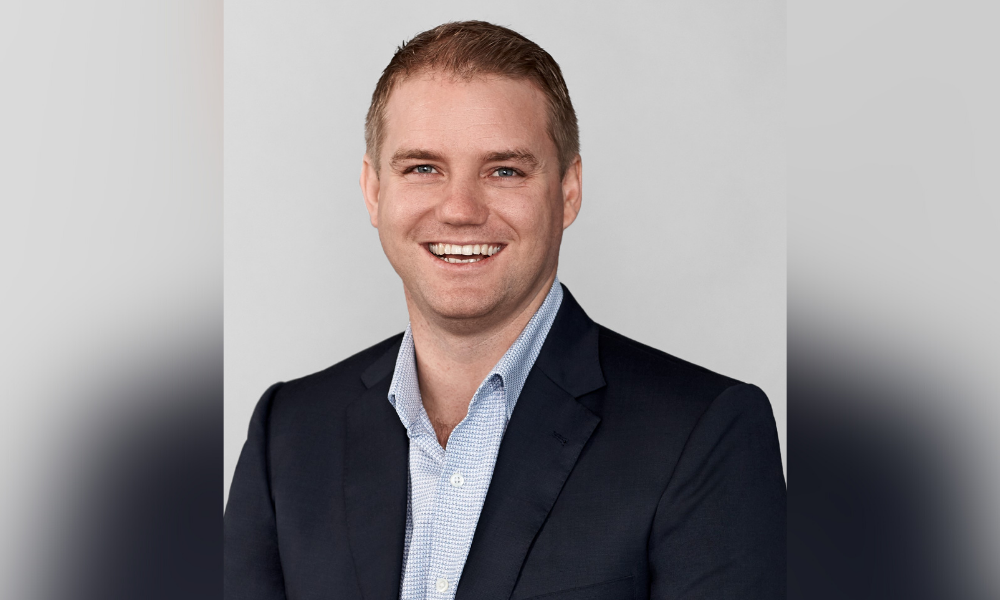RBA's patience disappears, says economist

Westpac Group has joined other market commentators on the timing of the first official cash rate rise, confirming its updated forecast is for a June move.
It comes as the Reserve Bank of Australia kept the handbrake on the official cash rate (OCR) at its April meeting. While inflation had increased in Australia, it was lower than in many other countries, RBA governor Philip Lowe said. Wage growth had picked up but in aggregate, was similar to before the COVID-19 pandemic.
Having sat at 0.1% since November 2020, market commentators expect the OCR to come off its record low over the coming months, predicting the first rise in either June or August.
Having previously forecast an August move, Westpac now expects the first cash rate to be in June. It forecasts rises in June, July, and August, taking the cash rate from the current 0.1%, to 0.75%.
Talking to MPA about the reasons behind the bank’s revised cash rate forecast, Westpac economist Matthew Bunny (pictured above) said omission of the reference to “patience” in its April statement was among the telling signs that RBA was expected to hike the OCR earlier.
Wage Price Index data, released in May, would influence the RBA’s decision, but this “laid the groundwork” for a hike soon, he said.
Read more: RBA keeps handbrake on cash rate
“The RBA made several critical changes in guidance in the monthly statement, which tilted the needle in favour of lift-off in June,” Bunny said.
“Previously the RBA repeatedly pledged patience around raising the cash rate. Amongst other tweaks, the statement also added ‘over coming months’ there will be important new information on inflation and wages.”
In recent times, Lowe downplayed having a particular threshold in mind for wages growth before the RBA would be willing to lift the cash rate, Bunny said.
“The RBA has also emphasised they are examining a broader range of measures of wages growth than the WPI, such as bonuses. These broader measures are expected to identify a pickup in wages growth faster than the WPI, which is typically slow to respond to changes in economic conditions,” Bunny said.
Read more: Too soon for a cash rate hike: An economist and aggregator weigh in
In the past, Lowe indicated wages growth, measured by the WPI, would likely need to be over 3% for inflation to hold sustainably in the 2% to 3% target band.
Referring to the “remarkable strength” of the labour market, Bunny said Westpac was forecasting wages growth to peak at 4% in 2023, and that inflation would peak near 5% in the June quarter.
Once the RBA decided it was time to move, it was expected to “act quickly” to remove the emergency rate cuts put in place after the COVID-19 pandemic hit in early 2020.
On whether borrowers and brokers could expect mortgage rates to rise sharply from June, Bunny said swap rates, the pricing benchmark for fixed rate loans, troughed in 2020.
Fixed rates started rising more noticeably in the second half of 2021, he said. According to RBA data on outstanding housing credit on variable rates (all institutions), the average variable rate continued to decline over the past year.
Weighing up the impact of interest rate rises on businesses, Prospa chief revenue officer Beau Bertoli (pictured) said as small business loans were typically for smaller amounts and terms, rising interest rates wouldn’t affect business borrowers to the same degree as mortgage borrowers.

Citing the example of a $40,000 business loan costing an extra 1% per year, the increase would equate to $400 or about $8 per week.
“The interest rate on business loans will depend on the lender and product. However, we expect to see rates start to increase across most consumer and business products if the RBA moves its cash rate as it has historically,” Bertoli said.
Across the various small business sectors, Bertoli said with unemployment at a 50-year low (currently 4%) and rising wage growth, most were seeing strong year-on-year growth.
“Additionally, we are observing small business owners to be more optimistic than at any point of the last couple of years as they’ve learnt to carefully manage cash flow, control costs and pass on rising costs to their customers.”
Bertoli said keeping finance simple was of particular importance to small business owners. That meant providing clear communication about cost and terms.
“Our approach is based on a fixed rate, so businesses are clear about the amount they’ll be repaying according to flexible terms available on a Prospa small business loan. This can be locked in for up to three years which provides certainty of cost to a business owner and allows for easy cashflow planning in the years ahead,” Bertoli said.
The RBA will review the official cash rate again in May.



